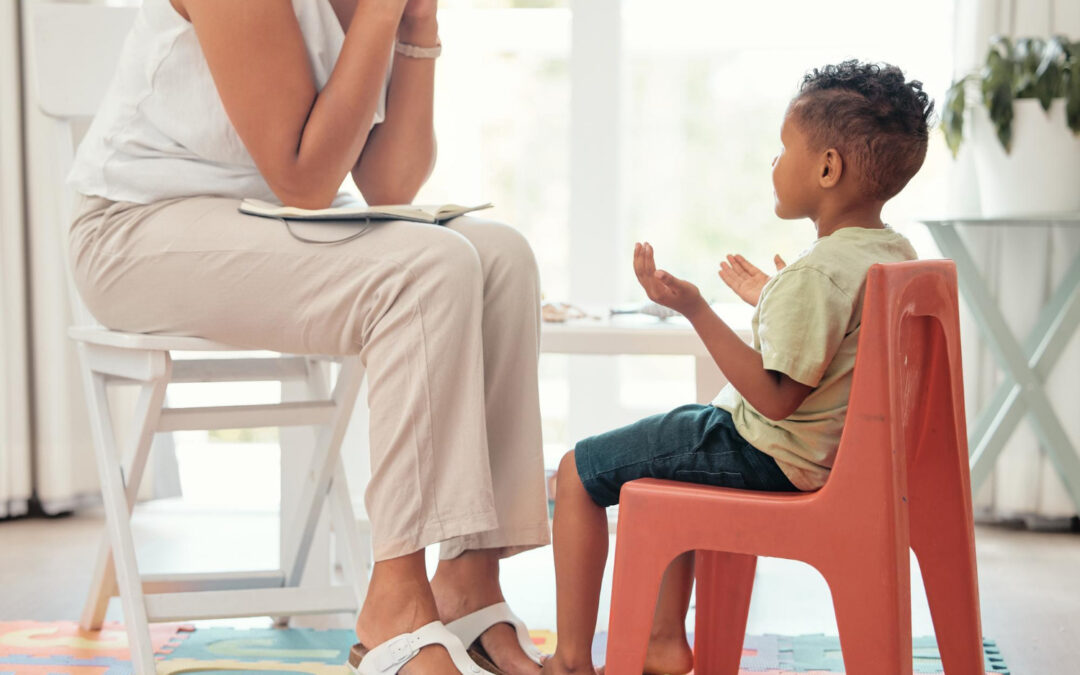ABA therapy, or Applied Behavior Analysis, is a proven method for helping kids with autism develop important life skills. These skills are essential for everyday living and can greatly improve a child’s ability to interact with the world around them. Focusing on key areas like communication, social interactions, self-care, and problem-solving, ABA therapy equips children with the tools they need to succeed.
In this article, we will explore each of these key life skills in detail. By focusing on these areas, ABA therapy supports the overall growth and development of kids with autism. These skills not only make daily activities easier but also open up new opportunities for children to learn, play, and thrive.
Building Communication Skills
Communication is one of the most important skills kids can learn in ABA therapy. Many children with autism have difficulty expressing their needs, thoughts, and emotions. By focusing on communication skills, we can help them convey their messages more clearly.
ABA therapy uses various techniques to teach communication, such as picture exchange communication systems (PECS) and sign language. PECS involves using pictures to represent words, allowing kids to point to images to express what they want or need. This method is especially helpful for children who are non-verbal.
Role-playing and social stories are other tools used in ABA therapy. Through role-playing, kids practice conversations in a controlled setting, which helps them gain confidence in their ability to communicate.
Social stories are personalized short stories that illustrate common social situations. These stories help children understand what to expect and how to react during interactions with others.
Developing Social Skills
Social skills are crucial for forming relationships and interacting with others. Kids with autism often find social interactions challenging, so ABA therapy emphasizes teaching these skills in a structured way.
One method is through group activities. By participating in group settings, kids learn to take turns, share, and work together on tasks. This not only builds social skills but also fosters a sense of teamwork and cooperation.
Modeling and imitation are also effective techniques in ABA therapy. Therapists model appropriate social behaviors, such as making eye contact or greeting someone, and encourage kids to imitate these behaviors. Repetition and positive reinforcement help solidify these skills.
Another important aspect is understanding social cues. Kids are taught to recognize and interpret facial expressions, body language, and tone of voice. This helps them respond appropriately in various social situations, making interactions smoother and more enjoyable for everyone involved.
Enhancing Self-Care Abilities
Self-care skills are essential for independence and confidence. ABA therapy focuses on teaching these skills in a clear and systematic way. Basic self-care tasks include dressing, brushing teeth, and grooming. By breaking these tasks into small, manageable steps, kids can learn and practice each part until they master the entire task.
Visual schedules and checklists are useful tools for teaching self-care. These visual aids show each step of a task, making it easier for kids to follow along and remember what to do next. For example, a checklist for brushing teeth might include pictures of a toothbrush, toothpaste, brushing, spitting, and rinsing.
Repetition and routine are key to developing self-care skills. Practicing these tasks regularly helps kids build muscle memory and confidence. Positive reinforcement, such as praise or small rewards, encourages them to keep trying and improving. Skills learned in ABA therapy can be applied at home, giving kids the opportunity to practice in a familiar setting.
Improving Problem-Solving and Decision-Making Skills
Problem-solving and decision-making are critical life skills that help kids navigate challenges and make good choices. ABA therapy teaches these skills through structured activities and guided practice.
One effective method is using scenarios. Kids are presented with various situations where they need to solve a problem or make a decision. These scenarios can be simple, like choosing what to wear depending on the weather, or more complex, like resolving a conflict with a peer.
Role-playing and games are also great for teaching problem-solving. Activities like puzzles or strategy games encourage kids to think critically and develop creative solutions. Through practice, they learn to approach problems methodically and confidently.
Decision-making skills are often taught by providing choices. By presenting kids with options and guiding them through the decision-making process, they learn to weigh the pros and cons and make informed choices. This helps them gain independence while also understanding the consequences of their decisions.
Conclusion
ABA therapy plays a vital role in teaching essential life skills to kids with autism. By focusing on communication, social skills, self-care, and problem-solving, we equip children with the tools they need to thrive in everyday life. Each of these skills contributes to their overall development, making daily tasks easier and interactions more rewarding.
Are you interested in learning more about how our applied behavior analysis programs can help your child? Contact us at Strive ABA Consultants today to see how we can support your family’s journey. Let’s take the next step together in fostering growth and achieving milestones.


